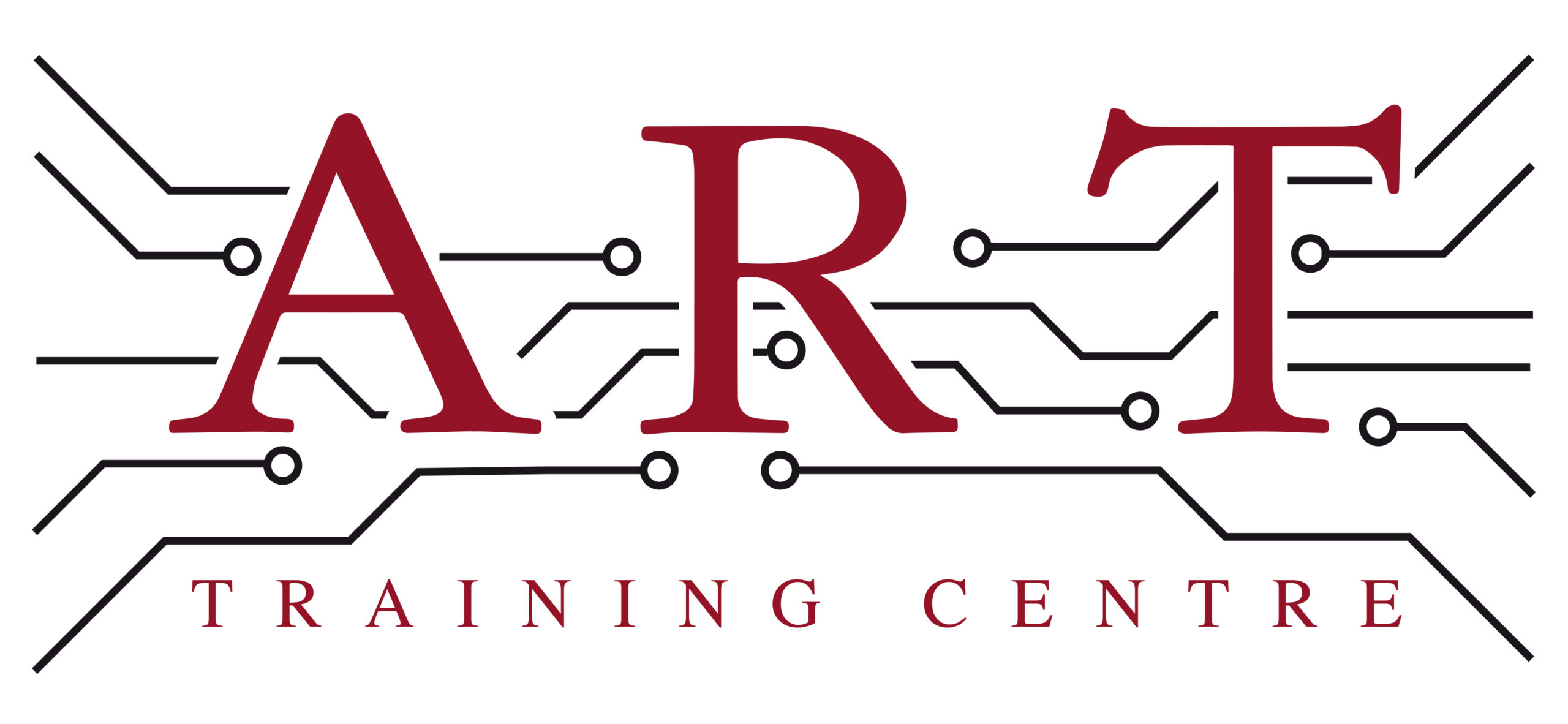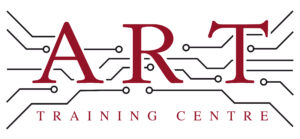Definition
QFN (Quad Flat No-lead) is a type of surface-mount package used for integrated circuits. It features a flat, rectangular shape with no leads extending from the sides, allowing for a compact design. QFN packages are known for their excellent thermal and electrical performance, making them suitable for various applications in electronics manufacturing and rework. They are a crucial component in modern electronic devices, enabling efficient use of space on printed circuit boards (PCBs).
How It’s Used in the Industry
In electronics assembly, QFN packages are soldered onto printed circuit boards (PCBs) using techniques like reflow soldering. The process begins with applying solder paste to the PCB pads, followed by placing the QFN component on top. The assembly is then heated in a reflow oven, melting the solder and creating strong electrical connections. For technicians, understanding QFN is essential for accurate soldering and inspection, as improper handling can lead to defects such as cold solder joints. Experienced professionals also benefit from knowledge of QFN in troubleshooting and rework processes, ensuring the reliability of electronic devices.
History & Origins
The QFN package became common in the early 2000s as electronic devices demanded smaller and more efficient components. Its design was influenced by the need for improved thermal performance and reduced footprint on PCBs. The development of industry standards, such as those from IPC, helped establish guidelines for the manufacturing and handling of QFN packages. As technology advanced, the adoption of QFN grew, particularly in mobile devices and consumer electronics, where space-saving designs are critical.
Variations
Variations of QFN include the DFN (Dual Flat No-lead) and the LGA (Land Grid Array), each differing in lead configuration and application. While QFN has pads on the bottom for soldering, DFN packages are similar but may have slightly different dimensions or thermal characteristics. LGA packages, on the other hand, have flat pads and require different soldering techniques. Understanding these variations helps technicians choose the right package for specific applications and ensures compatibility in assembly processes.
Modern Applications
Today, QFN packages are widely used in electronics production, particularly in surface-mount technology (SMT) for devices like smartphones, tablets, and automotive electronics. They are crucial for advanced assembly processes, ensuring high quality and reliability in compact designs. Compliance with IPC standards is vital when working with QFN, as it guarantees that the assembly meets industry requirements for performance and durability. Their importance in both manufacturing and repair highlights the need for proper training in handling these components.
Practical Tips & Training
When working with QFN packages, it is essential to use proper soldering techniques and equipment, such as a hot air rework station for reflow soldering. Inspecting solder joints under a microscope can help identify defects like cold solder joints. Safety precautions, such as using anti-static wrist straps, are also important to prevent damage to sensitive components. Structured training and certification in electronics are vital for understanding QFN, ensuring technicians are well-equipped to handle these components effectively.


